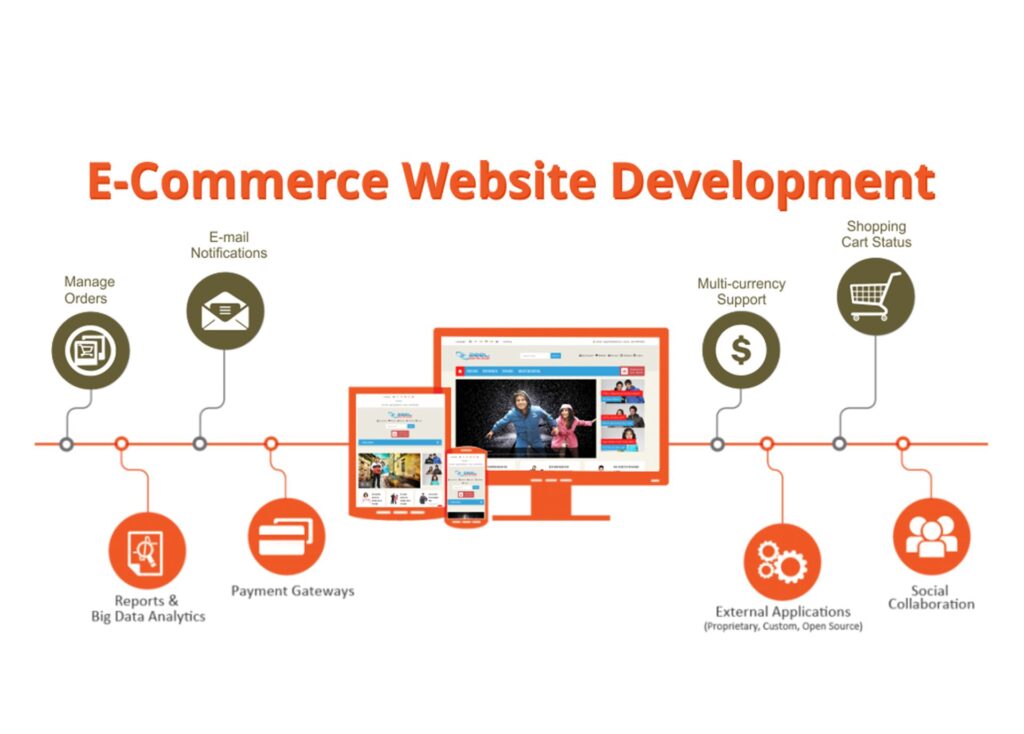An e-commerce website can be a turning point for businesses of all sizes in this digital age. If you own a small local shop or a large multinational corporation, an e-commerce website can help you reach a wider audience and increase sales for your business.
The process of e-commerce website development can be tedious because it involves so many operations and considerations.
In this ultimate guide, you will learn about important steps and factors that you must consider whenever professionals are building your e-commerce website.
Understanding the Basics of E-commerce Website Development
The very first and foremost step in e-commerce website development is to have a proper understanding of the crucial elements that can make up a successful e-commerce website.
- User-Friendly Design: Your e-commerce website needs to be visually appealing, easy to navigate, and optimized for both desktop and mobile devices.
- Secure Payment Processing: Customers will only feel comfortable making purchases on your e-commerce website if they know their financial information is safe and secure.
- Product Cataloging and Management: Maintaining an organized and up-to-date product catalog is essential for providing a seamless shopping experience.
- Shopping Cart and Checkout Functionality: The checkout process should be simple, intuitive, and free of any unnecessary friction.
- Inventory and Order Management: Keeping track of your inventory and managing orders efficiently is crucial for meeting customer expectations.
Understanding E-commerce Platform Features
When you have a proper understanding of your business needs, then you evaluate the features provided by different e-commerce platforms. Some key features to consider include:
- Ease of Use: The platform should be user-friendly and simple to use, which would make it easy for you and your team to manage your e-commerce website.
- Customization Options: Depending on your business needs, you may require a high level of customization to create a unique and branded e-commerce experience.
- Payment Processing: Ensure that the e-commerce platform offers secure and reliable payment processing options, such as integration with popular payment gateways.
- Inventory management: To keep track of your product stock levels, look for a platform that offers strong inventory management tools.
- Reporting and Analytics: Comprehensive reporting and analytics features can help you to understand your customer’s behavior in a better way and make multiple right business decisions.
Optimizing for Search Engine Visibility
If your e-commerce website develops successfully, then you also have to drive traffic to it. You can easily optimize your website for search engines. This will include implementing effective e-commerce SEO strategies, such as keyword research or on-page optimization, and the creation of high-quality or informative content.
Wrap Up
Successful e-commerce website development requires careful planning and a deep understanding of your target audience. With the help of professionals and the instructions in this detailed guide, you can quickly and simply create an e-commerce website that will look great and also provide your customers with a safe and easy way to shop.

